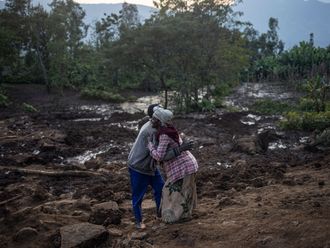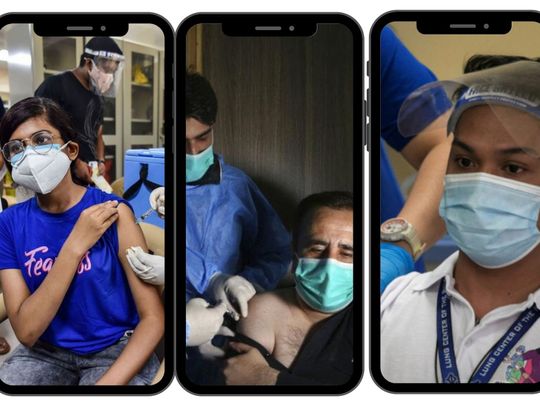
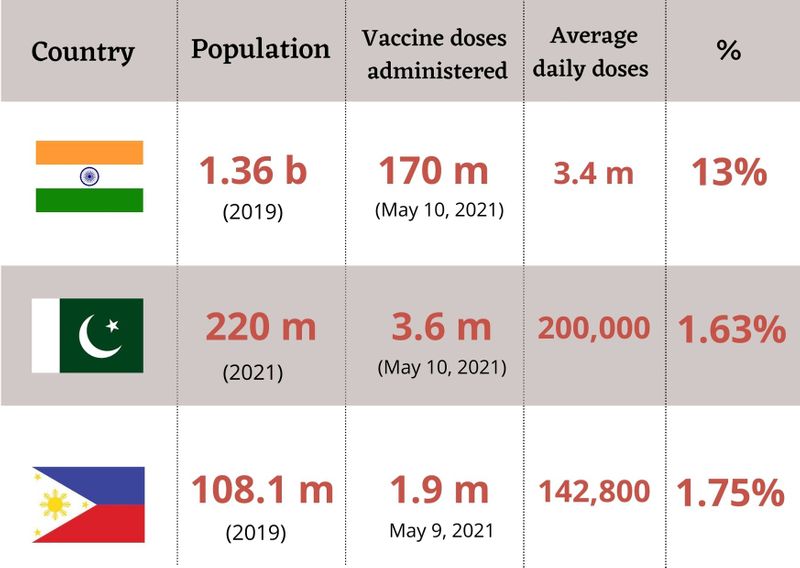
A matter of concern: Slow vaccination rate in India
Lata Rani, Correspondent
PATNA: Slow vaccination has been a worry in India despite the country experiencing a devastating second wave of COVID-19 pandemic. The irony is that it is happening in a country which is home to the world's biggest producer of coronavirus vaccines.
According to official data released by the Health Ministry on Monday, more than 170 million people out of a population of 1.3 billion have been vaccinated in 114 days till May 10 (8pm) since the vaccination drive began on January 16.
What percentage of the population has been vaccinated?
That means roughly 13% of the population has been covered so far, while 87% still remains out of reach of the vaccines. Around 16 million of the vaccinated are healthcare workers and more than 21 million are frontline workers. So only around 153 million of the general public have been vaccinated against COVID-19. The percentage of the people getting both the doses of the vaccines remains abysmally low.
By May 10, the world’s largest vaccine-producing nation had fully vaccinated (both doses) just over 34.8 million population, which means just 2.6 % population have been covered so far. About 135 million, or 9.9% of the population, have already received their first dose by May 10. With most COVID-19 vaccines (with the exception of J&J), it takes two doses to provide the desired protection from coronavirus and push the population towards herd immunity.
Fitch Ratings, one of the big three credit rating agencies in the world, warned of serious consequences from India’s slow vaccination drive. “India’s slow pace of vaccination could mean that the country remains vulnerable to further waves of the pandemic even once the current surge subsides,” the US rating agency warned on Monday.
There are growing indications that the latest wave of COVID-19 will add to the risks among financial institutions, it anticipated. Last month, Fitch had said the resurgence of coronavirus infections might delay India’s “economic recovery but it will not derail it”.
How many doses does India actually need?
The ambitious vaccination drive which was launched in January picked up momentum in April when daily vaccinations touched around 4 million. Later, it slipped to 2.3 million daily despite making the vaccines available to people above 18 years.
Dr Chandrakant Lahariya, an epidemiologist and vaccines and health system expert based in New Delhi, told a news agency that India needs between 200 to 250 million doses a month to push COVID-19 vaccination against the current 70-80 million doses a month. “Clearly, that is a long way to get (to) that kind of supply,” he said.
India has approved three vaccines. and they are Covishield vaccines manufactured by the Serum Institute of India (SII), Covaxin developed by Bharat Biotech and Russia’s Sputnik V developed by Moscow’s Gamalaya Institute.
First of all, vaccine manufacturing is a specialised process. It is, therefore, not possible to ramp up production overnight.
The poor supply of vaccines has sparked a blame-game in the country with the vaccine manufacturers — SII and Bharat Biotech — coming under fire. The development prompted the SII to issue a clarification. “First of all, vaccine manufacturing is a specialised process. It is, therefore, not possible to ramp up production overnight,” SII CEO Adar C Poonawalla said in a press statement on May 3.
Supply constraints: Not an easy task
He said people must also understand that the population of India is huge and to produce enough doses for all adults is not an easy task. Even the most advanced countries and companies, he added, are struggling with their relatively smaller populations.
According to him, his company has received orders for more than 260 million doses. “Of which we supplied more than 150 million doses,” he said. Poonawalla also revealed that they had got 100% advance of Rs1,732.50 crore (Rs17.32 billion) from the Government of India for the next tranche of 110 million doses in the next few months. “Another 110 million doses will be supplied in the second channel for states and private hospitals in the next few months,” SII CEO said.
Monthly production of Covishield, Covaxin
As per the report, the monthly vaccine production by SII is 60-70 million doses of Covishield against only 10 million doses of Covaxin. Last month, India approved Russia's Sputnik V vaccine for use and the first batch of doses arrived early this month.
When will India reach 70% vaccination rate?
India claimed that it was the fastest in the world to reach the 170 million milestone. “India took only 114 days to administer 170 million coronavirus vaccine doses whereas the United States took 115 days and China 119 days to achieve that level,” Dr Harsh Vardhan, federal minister for health and family welfare, said on Monday. Experts, however, are not satisfied with the pace. They say at the current rate, vaccinating 70% of the India’s population to reach the herd immunity threshold would take at least three years.
What’s delaying vaccination in Pakistan: Shortage of vaccines or hesitancy?
Sana Jamal, Correspondent
Islamabad: The vaccination rollout is picking up momentum in Pakistan but availability of doses, vaccine hesitancy, lax attitude of the people to health guidelines and low number of testing facilities could hamper the fight against the coronavirus.
Pakistan is among the 30 most-affected countries but the world’s fifth-most populous country has reported relatively low rates in terms of severity and deaths.
Since the pandemic began, the country has registered more than 864,557 confirmed cases with nearly 19,106 deaths, according to official data. At least 88.6 per cent have recovered.
How many COVID-19 vaccine doses have been administered?
The country of 220 million people has so far administered more than 3.6 million vaccine doses since the shots were rolled out in February, ranking last in the list of partially and fully vaccinated countries, according to Our World In Data.
Nearly 1 million people have been fully vaccinated (two doses) against COVID-19 as of May 11, as per official figures. Around 100,000 to 200,000 doses are being administered daily.
Pakistan is currently vaccinating citizens aged 40 and above free of cost at government health facilities. The country also allowed selected hospitals to privately administer the vaccine to battle the third wave of the virus. Some districts are also offering at-home vaccination services for senior citizens.
Which vaccines are available in Pakistan?
Pakistan has so far received nearly 11 million doses of different vaccines. The vaccines being administered include Sinopharm, CanSino, Sinovac, Sputnik V and AstraZeneca. COVAX facility has pledged to supply enough doses to vaccinate 20 per cent of Pakistan’s population.
Vaccine shortage or low testing?
The government aims to vaccinate 70 million by the end of 2021, says Dr. Faisal Sultan, the adviser to the prime minister on health affairs. Experts say that roughly 100 million adults are eligible to receive the vaccine in the country where an estimated 42 per cent of the people are under the age of 14.
Pakistan has conducted 55,760 tests per million population, according to the latest data which is comparatively low. For instance, Brazil with more than 213 million people has carried out 219,002 tests per million and Germany, a country 84 million, has conducted 676,522 tests per million, based on official data.
The continuous surge in cases in March–April 2021 after the June 2020 peak in Pakistan has put enormous pressure on the healthcare system. Health officials have blamed the lax attitude of the people toward mask-wearing and health guidelines for the spike in cases. Organisers of political and religious gatherings were also criticised for spreading the virus.
Vaccine hesitancy in Pakistan
The Pakistani health official says vaccine hesitancy, not the availability of the vaccine, was the issue. “Our problem is hesitancy and we are not alone in this” Dr Sultan said in a recent interview.
Pakistan would have at least 17 million doses by the end of June. The bigger challenge was to address hesitancy and get millions vaccinated. Only 5 million people have so far registered at the government vaccination portal while the current number of vaccines is almost double (11 million), indicating that the vaccine doses currently available exceed the number of people stepping forward to receive them.
The government is yet to begin a targeted awareness campaign to deal with vaccine hesitancy.
At least 40% — or 2 in 5 — Pakistanis are not ready to get vaccinated against COVID-19. This places the country in the list of least-eager nations to get vaccinated, according to Ipsos survey conducted in March 2021. Almost 9 in 10 Pakistanis surveyed said they expected to get the vaccine free of charge but did not know the details about the immunisation process.
How long will it take Pakistan to vaccinate its citizens?
During the first three months, only 1.6 per cent of Pakistan’s 220 million people have been vaccinated against coronavirus. At the current rate, the country would require at least 4 years to vaccinate its adult population excluding the big chunk of the population under 14 years, experts estimated.
However, a robust public awareness campaign to counter misinformation and address hesitancy can help accelerate the vaccination drive. Health officials hope that the increased vaccine supply in the coming months might outstrip demand.
Philippines: High vaccine hesitancy, vaccine supply shortfalls
At current rate, it would take 588 days to reach 70% threshhold
Jay Hilotin, Senior Assistant Editor
Manila: The Philippines is currently ramping up vaccinations against COVID-19. With more than 1.11 million coronavirus cases and 18,562 deaths so far, the Duterte government has expressed “confidence” that 70% of Filipinos can get COVID-19 vaccines by the end of 2021.
It’s a moonshot, given some dire realities. The Philippines, which has no domestic vaccine industry, is totally dependent on supplies from outside.
How many COVID-19 vaccine doses have been administered?
As of May 10, 2021, about 2.41 million doses have been administered throughout the country. 1,957,511 individuals have been vaccinated across the country, with 451,270 receiving the second dose.
The national government initially planned to rollout the vaccination drive in February with deliveries from Pfizer via the COVAX facility and the first batch of Sinovac's vaccines, consisting of 50,000 doses. Document issues, however, delayed the delivery of Pfizer's vaccines.
A mass vaccination programme is slated to begin this month (May 2021). But given the shortfall in vaccines, the government plans to start a full rollout or mass vaccination for the general populace in late 2021.
Which vaccines are approved or available in the Philippines?
Under the so-called emergency use authorisation, the Philippines FDA approved Pfizer–BioNTech vaccine on January 14, 2021; followed by Oxford–AstraZeneca on January 28; Sinovac on February 22; Gamaleya (Sputnik V) on March 19; Bharat Biotech and Johnson and Johnson on April 19 and Moderna on May 5.
How many vaccines have been delivered to the Philippines?
So far 7.76 million doses have been delivered to the Philippines, representing 7.18% of its 108.1 million population. These include 5 million from Sinovac Biotech, 2.57 million from AstraZeneca, 193,050 from Pfizer and 15,000 from Sputnik V.
COVAX, which aims to ensure vaccine access to poor countries, pledged to secure coronavirus vaccines for 20% of the Philippines' 108 million people.
Shots from COVAX will include those developed by US-based Pfizer and J&J, AstraZeneca, and Covishield from the Serum Institute of India, vaccine "czar" Carlito Galvez had said.
How many vaccines are expected in the Philippines?
The country will receive about 20 to 25 million COVID-19 shots between June and July. This will be enough for almost all priority groups, including the fourth and fifth priority groups — economic frontliners and indigents (which will start getting vaccinated in June), said Galvez.
The Philippines expects up to 140 million COVID-19 vaccine doses by end-2021.
When will the general public get vaccinated?
Vaccination of other target adult population or general populace (outside priority groups: health workers, the elderly, and people with health risks) may start by August or September, according to Galvez. Following the expected arrival of up to 25 million COVID-19 shots (between June and July), these will be enough for almost all priority groups.
How high is vaccine hesitancy in the Philippines?
It runs high. In March, pollster Pulse Asia released a survey which shows that only 16% of respondents wanted to be vaccinated. The survey showed that the greatest number of respondents at 61% would say “No” to getting inoculated with a COVID-19 vaccine if the shot was available during the polling period (from February 22 to March 3).
Philippine health officials are training healthcare workers in addressing misconceptions about vaccination through intensive and nationwide information campaigns, alongside trainings on cold chain management, COVID-19 testing.
How long will it take the Philippines to cover 70% of its citizens?
Worst case scenario: 588 days
If the 70% threshold is applied to the Philippines’ 108.1 million population, it means 86.48 million must be inoculated with the COVID-19 shot. Deducting the estimated 444,000 people who had already been fully vaccinated (two doses) out of the 2 million jabs given — and the vaccination rate of 142,800 per day, it would take roughly 588 days — about 1 year and 8 months — for the Philippines to reach the 70% level for herd immunity to kick in.
Best-case scenario: Less than 588 days
Momentum is building up. As healthcare system gains experience, and more vaccines arrive, the daily vaccination rate could be ramped up, thus compressing the time to reach the 70% mark.




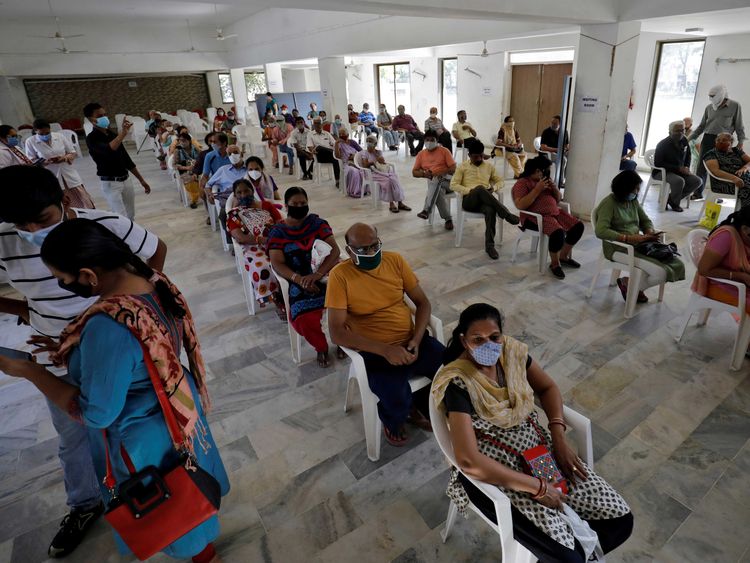
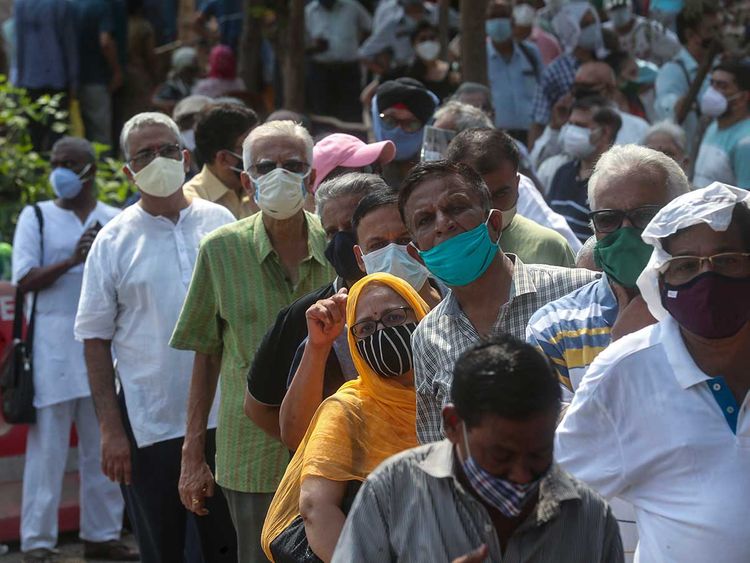
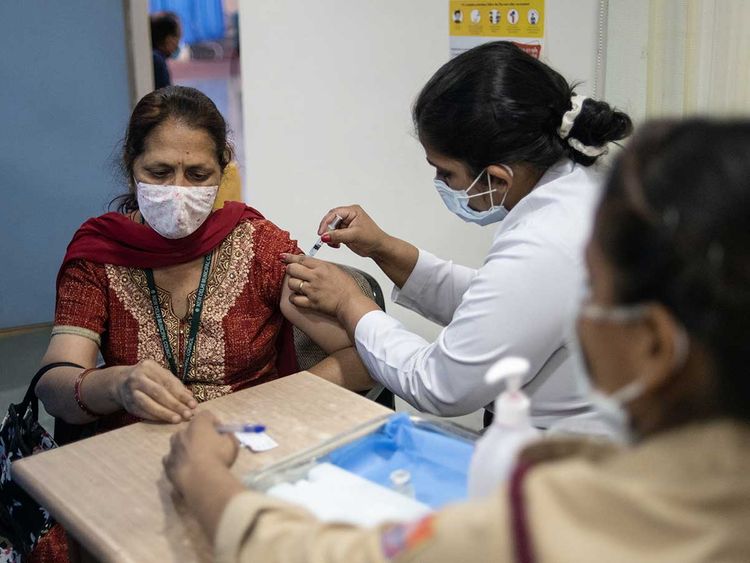
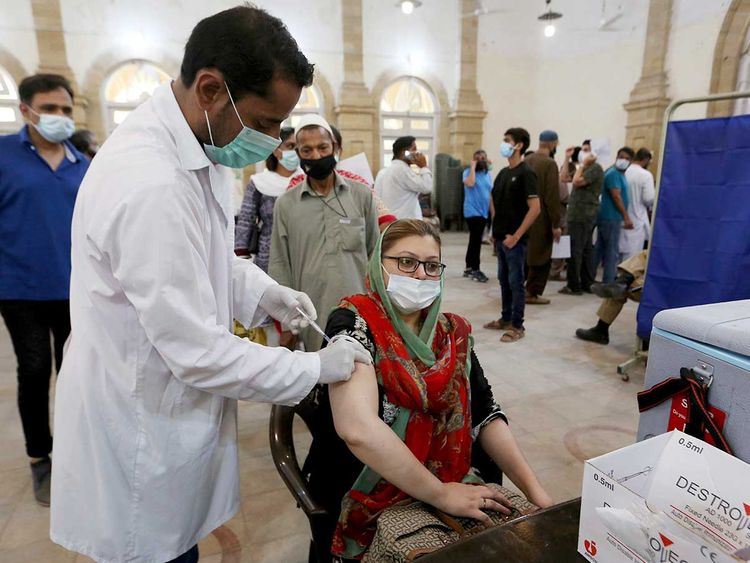

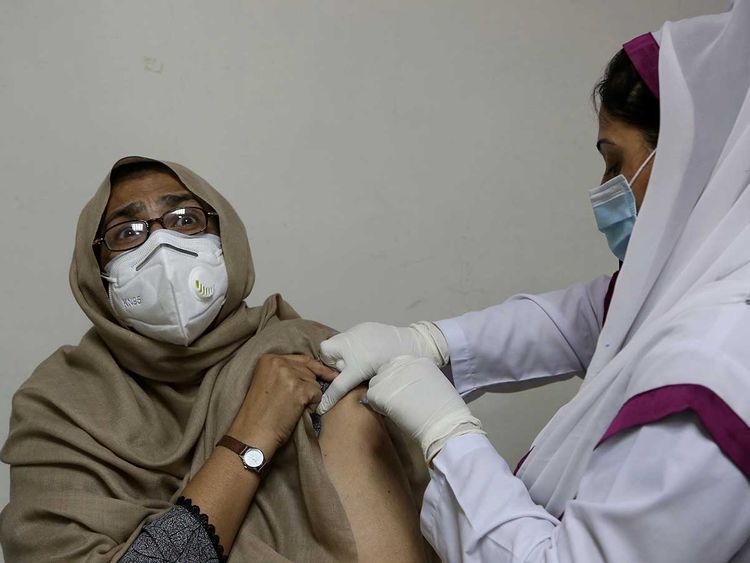
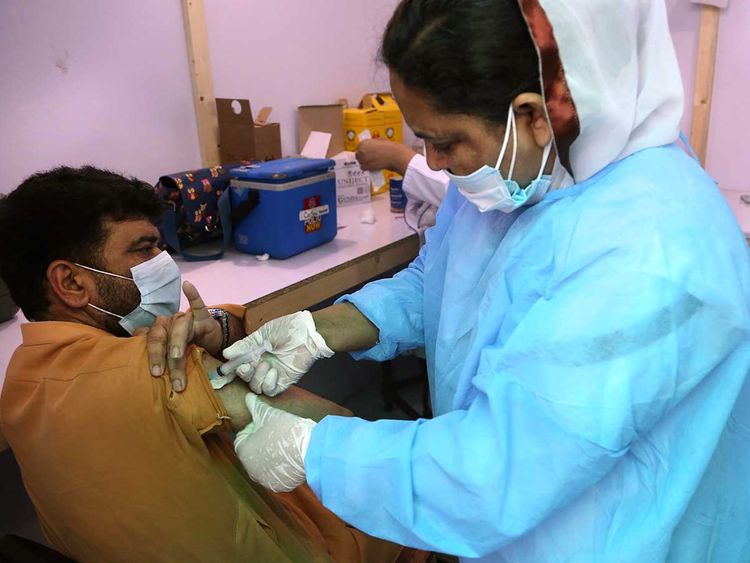
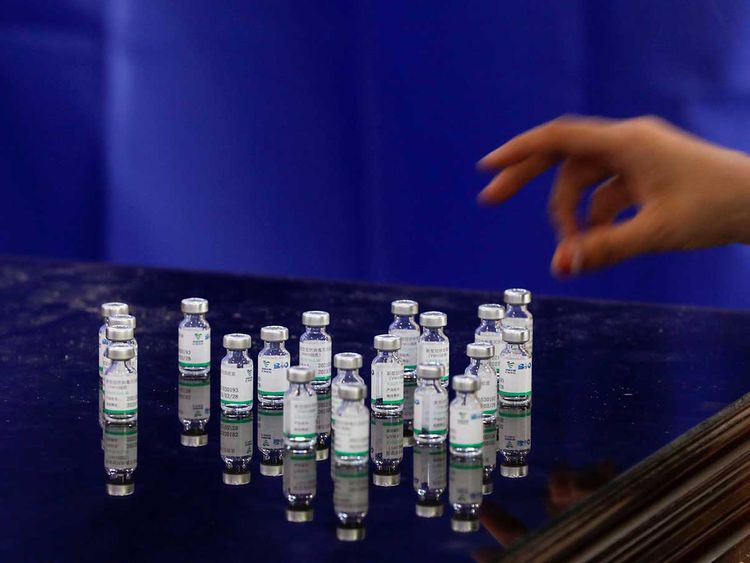

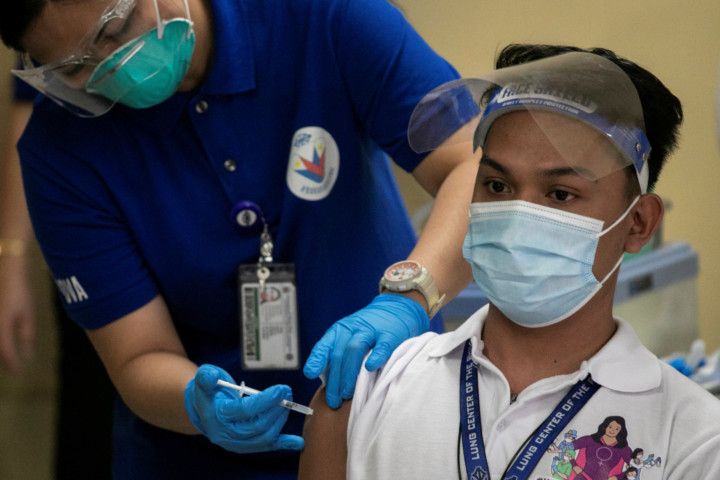

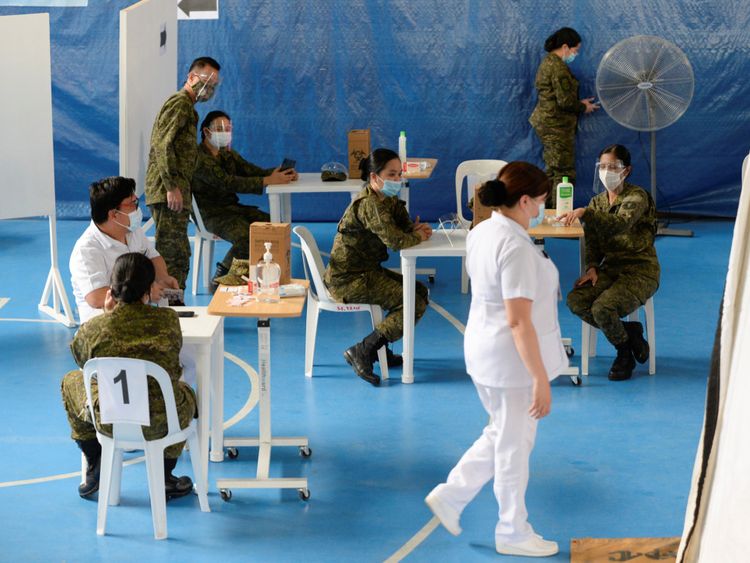

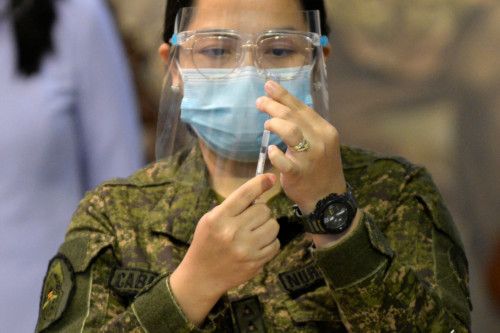
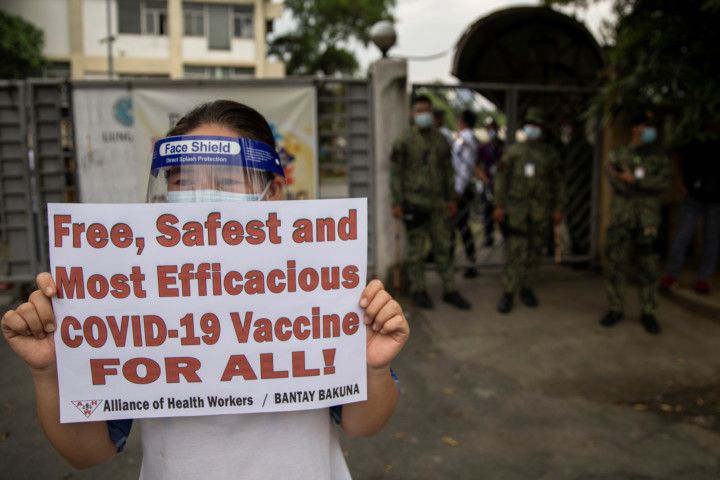
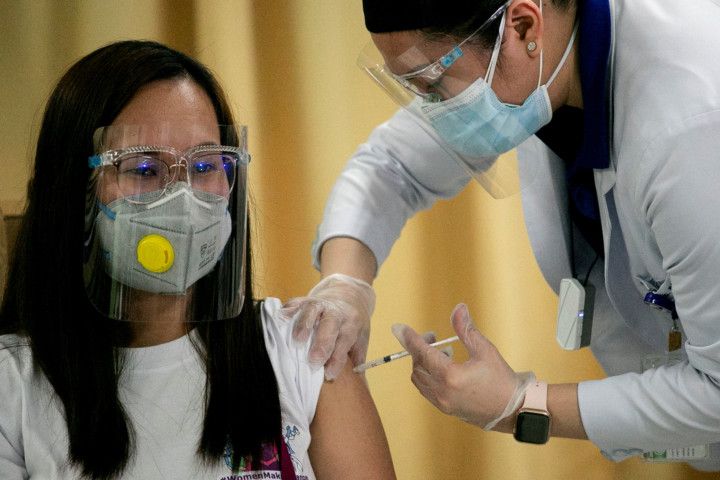


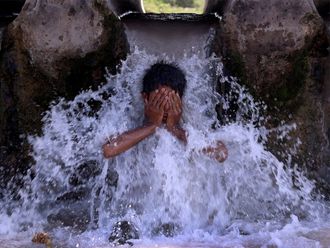

_resources1_16a30b3523c_small.jpg)
